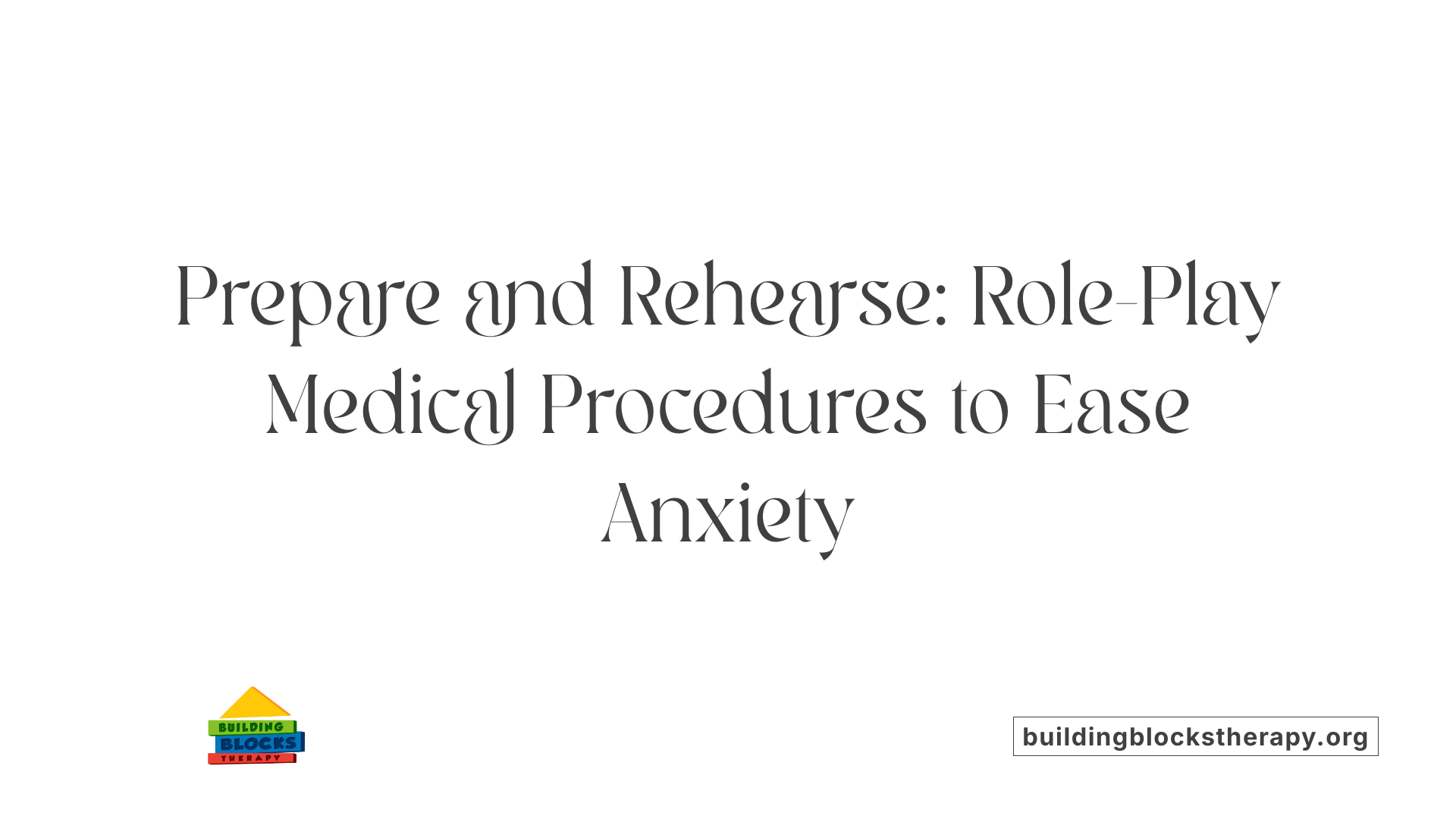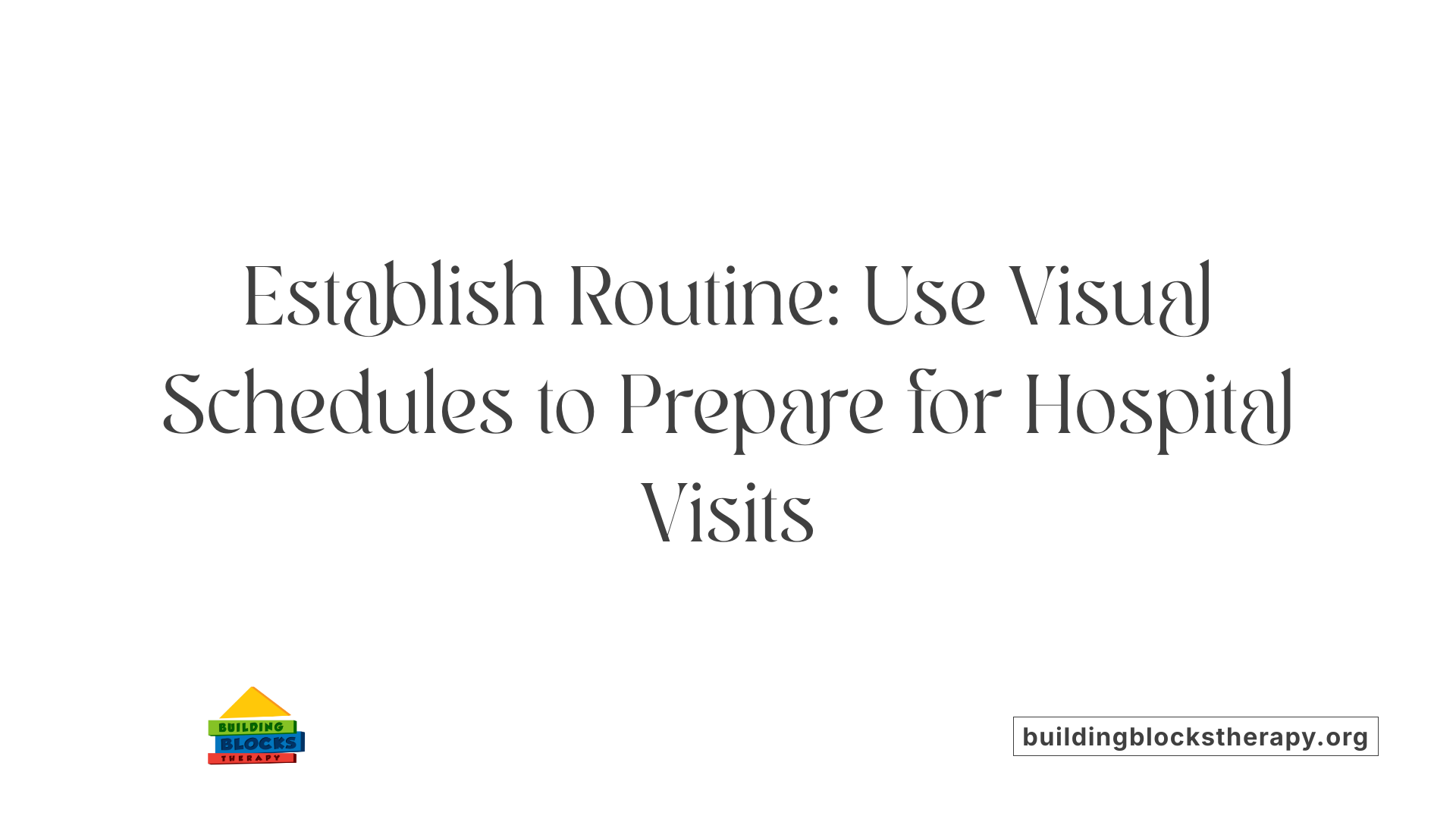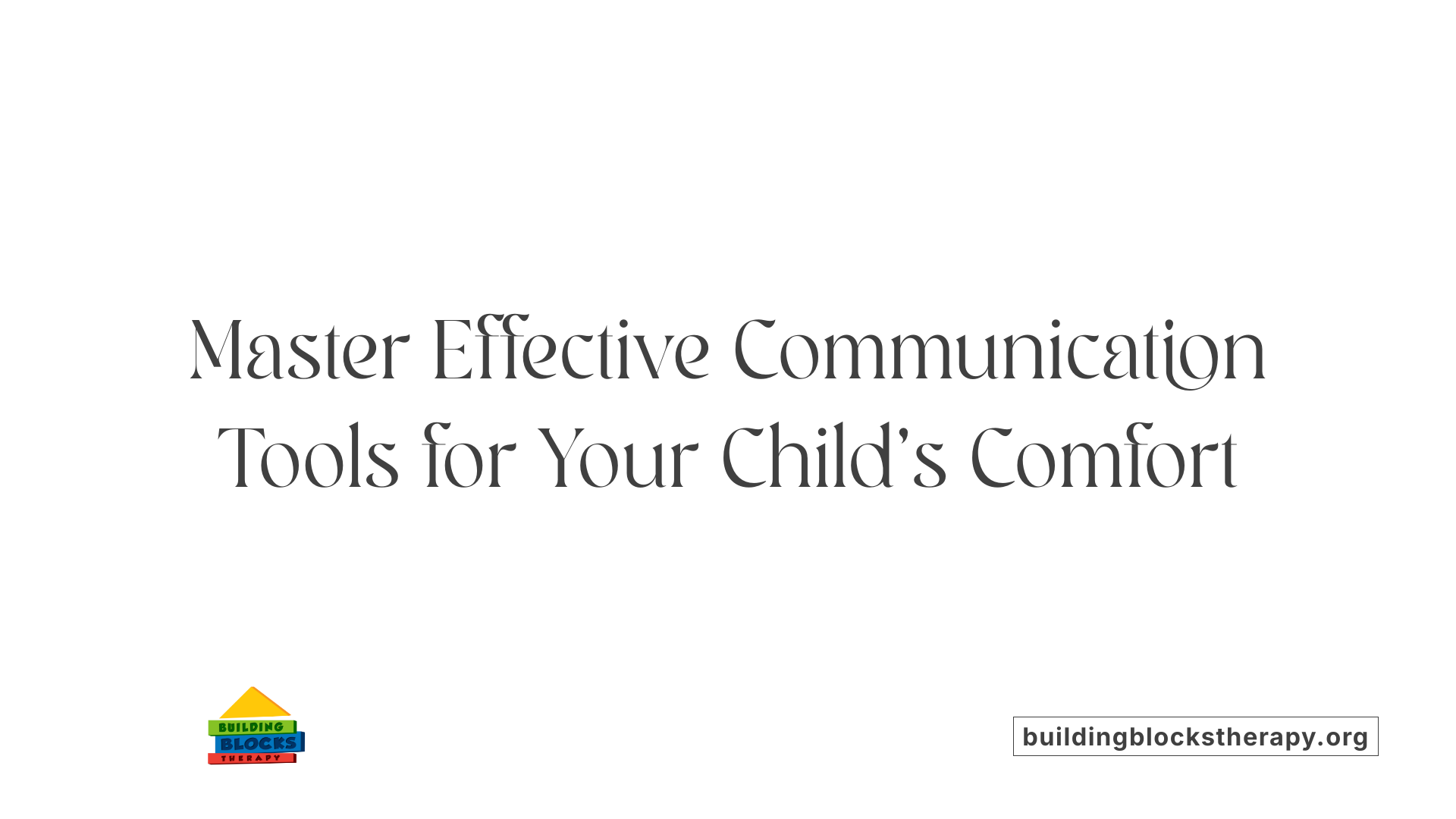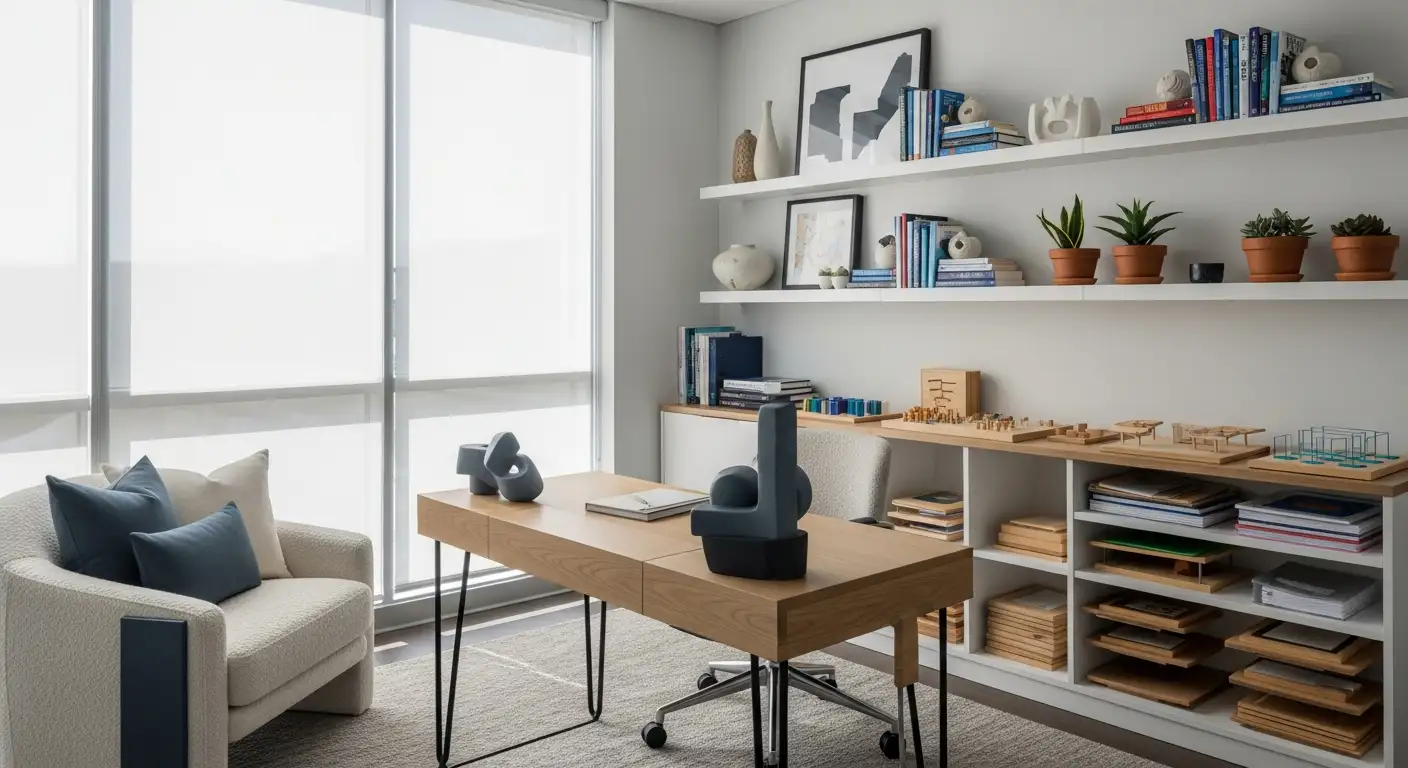Preparing Your Child for a Smooth and Positive Medical Experience
Medical visits can be challenging for children with autism, but with thoughtful preparation and supportive strategies, caregivers can greatly reduce anxiety and stress. This article explores effective techniques, visual supports, and practical tips to help your autistic child feel more comfortable and confident before, during, and after medical appointments.
Engaging in Pre-Visit Preparation and Role-Playing

How can I prepare my autistic child for medical visits to make them less stressful?
Preparing your child beforehand can significantly ease their anxiety about medical visits. Using imaginary play is an effective strategy to familiarize children with the process. For instance, you can incorporate a toy doctor kit, stuffed animals, or dolls and encourage your child to role-play as the doctor or patient. This type of play helps them understand what to expect and reduces fear of unfamiliar procedures.
You can also practice steps like taking a temperature, looking inside ears, or measuring height at home. Rehearsing these simple procedures helps your child feel more comfortable and confident during the real visit.
Creating a mock scenario with toys and role-playing allows your child to become accustomed to the procedures in a safe, controlled environment. This approach can turn an intimidating experience into one that feels more familiar and manageable.
How can I get my autistic child to feel more comfortable going to the doctor?
Familiarization through imaginary play is a proven method to make visits less stressful. Role-playing with a pretend doctor kit and stuffed animals helps your child understand the visit's steps in a positive context. Discussing what will happen during the appointment in simple terms and practicing those interactions at home can help reduce surprise and fear.
Additionally, involving your child in the planning process, such as choosing special toys for the appointment or practicing calming techniques, further supports their comfort. When children feel prepared and understand what will occur, they are more likely to approach visits with less anxiety.
Tips for Effective Role-Playing
- Use visual aids like social stories or pictures of the doctor’s office.
- Practice specific steps such as sitting still, opening mouths, or holding still during injections.
- Incorporate calming strategies like deep breathing or sensory tools during play.
- Celebrate successes with praise or small rewards.
Engaging in these activities ahead of time creates a positive association with medical environments and helps children build coping skills for future visits.
Utilizing Visual Supports and Clear Communication

What are visual aids for autism, and how can they be used to prepare children for medical visits?
Visual aids for autism include a variety of tools designed to support understanding and communication. These consist of social stories, picture schedules, communication boards, First-Then Boards, and visual timers. Each tool serves to help children comprehend routines, expectations, and environmental changes.
In the context of medical visits, these supports are invaluable for reducing anxiety and enhancing cooperation. Before the appointment, visual schedules can lay out the sequence of activities, such as check-in, waiting, examination, and checkout. This clarity helps children anticipate what comes next and feel more in control.
During the visit, visual aids like choice boards enable children to select preferred items or activities, giving them a sense of autonomy. Visual timers can also help children understand how long a procedure may last, alleviating fears of the unknown.
By integrating visual supports, clinics and caregivers make the process more predictable and less intimidating. Tailoring these tools to each child's unique needs — for example, using familiar pictures or favorite characters — promotes independence and comfort.
Through consistent use of visual aids, children not only become better prepared but also develop coping skills that support ongoing healthcare interactions. This approach fosters a positive experience, making future visits less stressful and more manageable for both children and caregivers.
Creating Structure and Predictability During Visits

What are effective strategies for helping an autistic child cope with hospital visits and inpatient stays?
Helping an autistic child navigate hospital visits and inpatient stays can be made easier through structured planning and predictability. Using visual supports is one of the most effective methods.
Developing visual schedules and checklists allows children to understand the steps involved between arrival and departure. These schedules can use pictures or symbols to illustrate each part of the visit, giving the child a clear idea of what to expect and when.
Creating a step-by-step visual guide of the visit, such as a social story illustrated with images and words, can prepare the child ahead of time. Familiarizing them with the sequence of events, from check-in to procedures to recovery, reduces uncertainty and anxiety.
Scheduling appointments during less busy times of the day can also lessen stress, providing a calmer environment for the child. Early morning or late afternoon slots often have fewer patients and shorter wait times.
Arranging pre-visits for familiarization is another helpful strategy. Visiting the hospital beforehand, exploring the environment, and practicing specific procedures like blood draws with toys or role-play can build comfort and confidence.
Here’s a summary of these approaches:
| Strategy | Purpose | Details |
|---|---|---|
| Visual schedules | Promote understanding and routine | Use images or symbols to outline the visit steps |
| Step-by-step visual guides | Reduce surprise and anxiety | Create social stories or picture guides |
| Timing appointments | Minimize stress | Choose less busy times of day |
| Pre-visit familiarization | Build familiarity | Tour hospital, role-play procedures |
Implementing these techniques can support children in feeling more in control, which can lead to smoother, more positive healthcare experiences.
For those seeking additional information, searching
Preparing the Environment and Supporting Communication

How can I support effective communication with my child during medical visits?
Using communication tools like devices or picture boards can make a significant difference. These tools help children with speech challenges express themselves and understand what's happening. Bringing their communication system, such as an iPad with communication apps or picture boards, ensures they can share their needs and respond during procedures.
In addition, preparing visual supports like social stories with pictures and words can help the child understand what to expect. Visual schedules or 'My Hospital Story' materials give a clear picture of the visit, reducing anxiety.
How important is it to inform staff about my child's needs and sensitivities?
It is crucial to inform the healthcare team about your child's specific needs, disorders, and sensitivities. Sharing an 'All About Me' information sheet helps staff customize the visit. Mention any calming strategies that work or items that comfort your child, such as favorite toys or sensory tools.
Meet new caregivers and review this information sheet with each staff member to maintain consistency and ensure they understand how to support your child effectively. Communicating sensitivities and preferred interaction methods can lead to smoother visits.
Why should I meet new caregivers and review my child's information sheet?
Meeting caregivers and reviewing detailed information about your child's needs ensures everyone involved is aware of how best to support. This reduces surprises and helps staff prepare appropriate accommodations, such as quiet spaces, assistance with communication, or modifications during procedures. It also fosters a trusting environment where your child's comfort is prioritized.
What is the significance of carrying important questions and papers?
Carrying questions, medical records, and essential papers streamlines the visit. Having a list of questions prepared in advance ensures you don't forget to address your concerns. Important paperwork like medication lists, behavioral plans, or previous assessments can save time and facilitate prompt decision-making.
What overall steps can I take to make the experience smoother?
- Use visual supports and communication tools.
- Inform staff about your child's unique needs.
- Meet staff ahead of time and review information sheets.
- Carry a list of questions and important documents.
- Prepare your child with social stories or role-play.
These preparations can significantly improve the experience, reducing stress and helping your child feel more secure during healthcare visits.
Post-Visit Follow-Up and Building Positive Experiences
After a medical appointment, it is important to follow up with the healthcare provider via phone or email. Sharing what strategies helped the child and offering praise for their efforts can reinforce positive experiences. In addition, using visual supports like social stories or pictures during future visits can prepare the child and reduce anxiety. Creating positive associations with medical care—such as rewarding cooperation or making the environment familiar—helps children feel more comfortable over time. Building these experiences gradually can improve ongoing healthcare visits and foster trust between the child and medical staff.
Promoting Comfort and Cooperation for Future Visits
Consistent preparation, effective communication, and a supportive environment are key to making medical visits less stressful for children with autism. By implementing visual supports, engaging in social stories and role-play, and working closely with healthcare providers, caregivers can foster positive experiences that build trust and confidence. Creating a calm, predictable environment ensures your child's medical care is not only necessary but also manageable, paving the way for healthier, happier healthcare experiences in the future.
References
- Autism and the doctor visit: Communication tips for success
- Visiting the Doctor—Autism Toolkit
- Autism and hospital visits
- Preparing for a Medical Appointment for Autism Spectrum ...
- Tips for More Positive Office Visits for Patients with ASD
- PFA Tips: Preparing for a Visit to the Doctor's Office
- Autism and anger management - a guide for parents and ...






